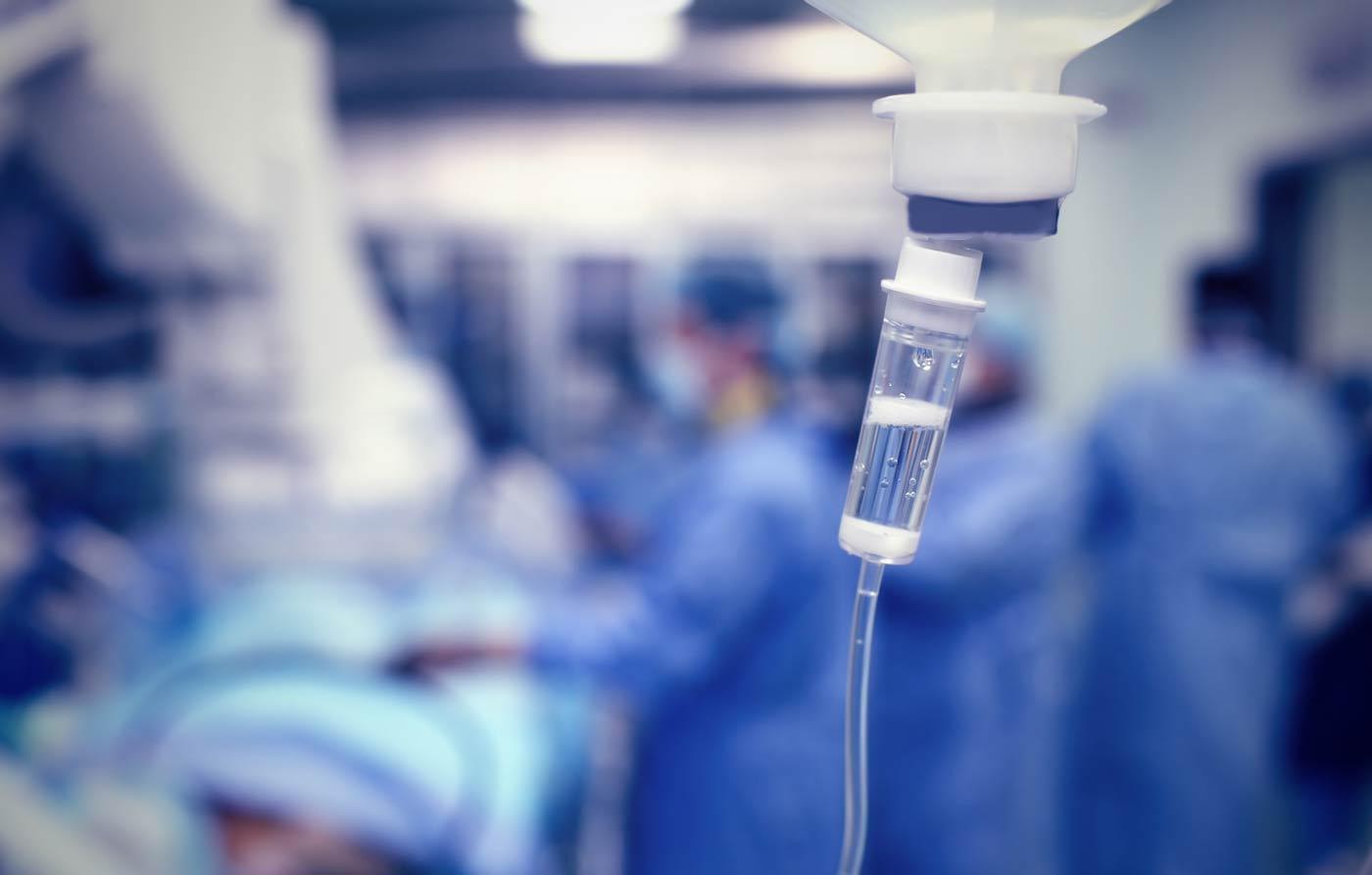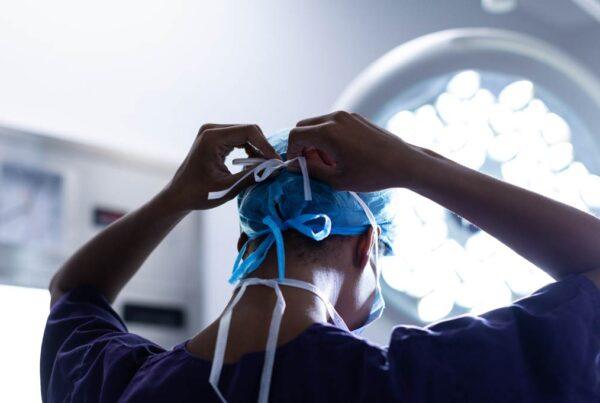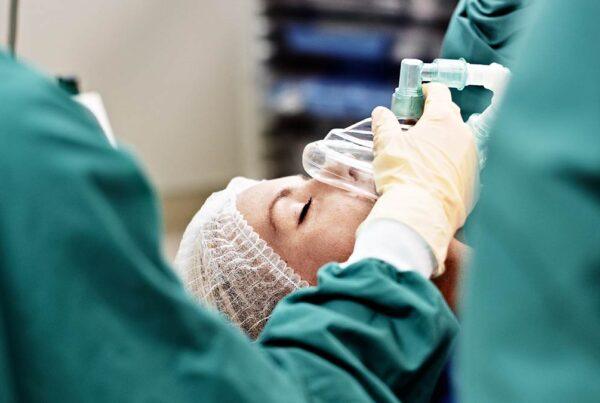See how Surgical Directions partners with you to transform perioperative services to deliver significant results.
Weve been with this client over seven years, and it started out where we came in to do a perioperative transformation and there was a significant amount of success. When we started with this client their first case on time starts were 17%, by the time we left they were up to 84%. There was numerous things that we had to do. We built a governance structure with this client, we developed a pre-anesthesia testing center that was not existent at the time, we worked very closely hand in hand with nurses in the operating room, surgical technologists to help identify what their challenges were, why their efficiencies were so poor? We worked closely with the surgeons to help them better understand how we can prepare their patients prior to day of surgery and how we can ensure their day is very smooth and theyre able to leave the department in a reasonable amount of time.
Because of our success with the first project, they invited us to come back and work on a NORA project, a non operating room area transformation. And with that, we established a governance structure which was for interventional radiology and the GI Department. We worked with the anesthesia department to develop a black– a black grid for these two departments, so it is dedicated anesthesia resources when they had patients, and we also evaluated their emergency caseload. Because in both of those departments, interventional radiology and GI, theres a significant amount of add-ons, urgent, and emerging cases. So we work closely to determine using some of our predictive analytics when we would need to have provider staff available.
The success of that project led us to labor and delivery. So with labor and delivery, we established a labor and delivery governance body. On that body sat physicians, anesthesiologists, hospital leadership, clinicians, and we looked at their flow. We focused initially on elective cesarean sections and then we expanded to look at how can we optimize the experience for every OB surgical patient, whether its an urgent, an emergent, or a scheduled cesarean section. We developed protocols and guidelines to optimize their service flow.
With that, we also looked at staffing. How we cross train staff? This hospital in particular was an LDRP model. And so we looked at how we could truly meet that model by having the OB staff fully optimally trained to work in the labor and delivery surgical department, for c-sections. And with that we developed staffing grids and competencies and enhanced truly the performance of staff within that area.
The next time we were called back the following year it was for another touch point, to just get them back on track where we were. And when we were called back this time, it was recently and there was a lot of staff departure so there was significant challenges for staffing, again, as were seeing everywhere. So with the hospital we were really focused on retention. Staff were leaving to go work at hospitals down the road and taking significant bonuses as travelers. So we identified ways to have the staff, to make it more desirable for the staff to stay. And it was successful. We also looked at recruiting. How can we get more staff in the area and try to reduce the number of travelers that were available.
So given the numerous things that we did with this client I have to say that was one of the most successful clients that weve worked with. When we come on site we evaluate the current state and we do the evaluation meeting with staff, meeting with surgeons, and anesthesiologists leaders to identify what are the challenges. And we work with each person to see, Is it a challenge for you, is it a challenge for the hospital? And then we develop personalized solutions. And truly our solutions are based on national benchmarking best practice. What weve seen with all of our professional organizations, and we redesign their workflow.
So there is a transformation in each area and it does touch every area of perioperative services. Because when theres an issue, its not just scheduling, its not just PAT, its not just pre-op, its not just the OR, its not just SPD, its not just anesthesiology or recovery room. So we see how each area impacts any event, any barrier that exists and we work closely with staff, physicians, and leaders in each one of the areas to develop solutions that will improve efficiency, satisfaction, and primarily, patient outcomes. And thats how we transform perioperative services.



